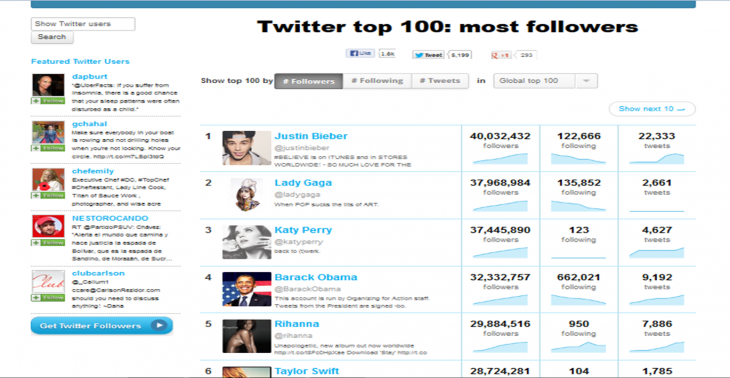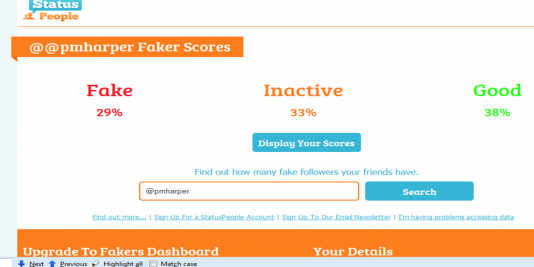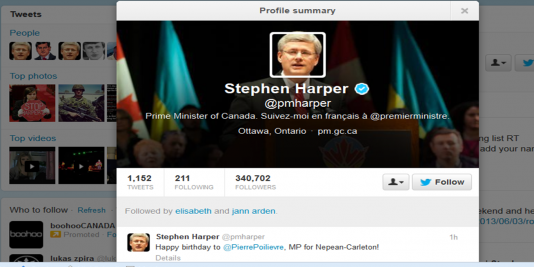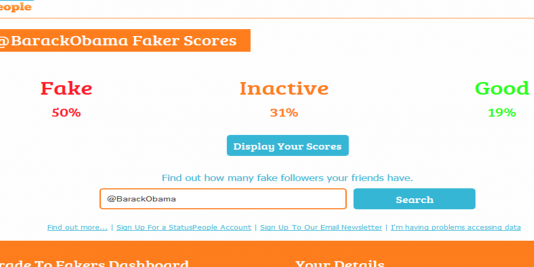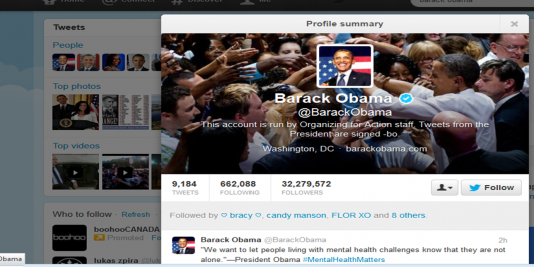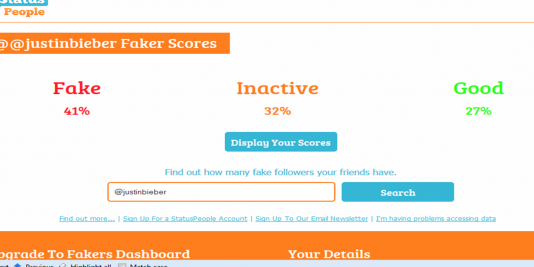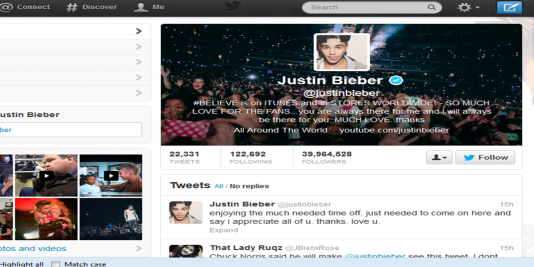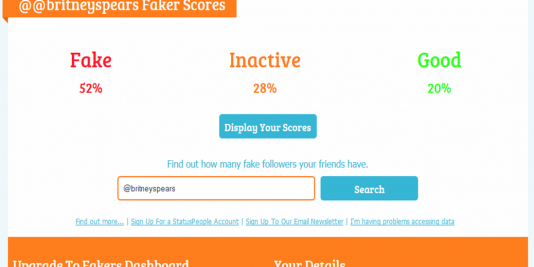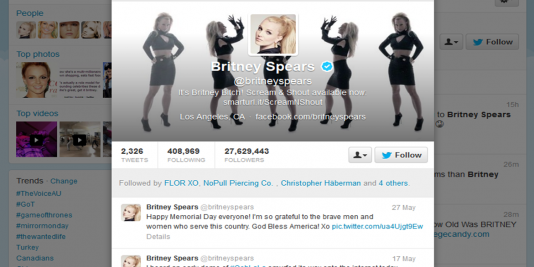Since today being well-connected in the world of social media represents power to many, a large industry of fake friends and followers emerged, and is estimated to be worth about $340 million a year. The online popularity contest is going on in full power and it has no mercy.
Today I am going to share with you how these fake followings work, how fake followers can be detected, and we will look at some celebrity profiles on twitter and check how many fake followers they have.
How can a person get 10,000 new followers in a day?
It all starts with the software. If we look at twitter, for example, the software is often referred to as a “twitter bot.” Someone develops software that can create hundreds or thousands of new twitter profiles per hour. The only limitations will be the speed of your computer and the speed of your internet. These software packages also use something known as “alternating IP addresses,” so the Twitter server can’t identify that all the new profiles are being submitted from the same location.
The software generates a twitter login for each one of the new users it creates. Sometimes the method is taking bits of information from different real profiles and mixing them together to create a new (fake) profile. Software differs in quality – some software will put up a picture as well and write some tweets in order to make the profiles seem more real. The price people pay for the service varies accordingly. After the profiles are made, the software owner gives the fake users the command to start following a specific account.
Individuals who buy or obtain a pirated copy of the software then proceed to offer their services to others in online marketplaces. One such a marketplace is fiverr.com. On fiverr you can buy almost anything for five dollars; people will design a website for you, write a press release, make a business plan, record a video of themselves singing happy birthday to your girlfriend, and more. One of their most popular categories involves selling Facebook friends and likes and twitter followers. One of their users, for example, sells 6000 Twitter followers for five dollars. After such a service is ordered, within a few hours the person making the order will have an additional 6000 followers to their twitter account.
Who buys fake Twitter followers?
It could be anyone, but is mainly attributed to those who are deep into the popularity contest and have to show a larger number of followers in comparison to their colleagues or competitors: celebrities, companies, and politicians. However, since it costs only five dollars to add a large numbers of followers, many anonymous individuals engage in the practice as well.
A recently introduced tool, status people, claims to be able to spot fake users following someone’s profile. So let’s look, for example, at the Twitter profile of Britney Spears.
How can fake followers be spotted?
Even though status people does not fully expose its algorithm, their website states:
We take a sample of your follower data. Up to 1,000 records depending on how ‘popular’ you are and assess them against a number of simple spam criteria. On a very basic level spam accounts tend to have few or no followers and few or no tweets. But in contrast they tend to follow a lot of other accounts.
Fake followers can be identified in the following ways:
Minimum details in the profile – while real people like customizing their profile and typically add some details like a bio and custom URL, fake profile bots work on large quantities thus will input the minimum information necessary to open a profile, in order to open the most number of profiles in a certain timeframe.
Low follower / followed ratio- a fake profile will be following many more people than are following it, since the software makes it follow a lot of people, but no one has an interest in following a fake profile.
No profile picture- using someone else’s photo in one’s profile is highly unethical and can result in legal problems, thus many times fake profiles will not have pictures.
Access diversity – it is common for a real profile to be used on different devices – for example someone may use their mobile phone to upload a photo to twitter, and look for their friends twits on the computer at work. A fake profile will normally have one access point – that PC from which the robot works.
Tweet count – it is commonly believed that a fake profile will have very few tweets or none at all.
However, spotting fake profiles remains a challenge, since everything I described can apply to a real user as well, especially a real non-active user. If it were easy to spot fake profiles, Twitter could simply get rid of them systematically. In addition, some of the more advanced tweet robots will add more information to the profile, post occasional random sentences that they pick up from news websites, for example, and trick the Twitter server into thinking the profile is being accessed from different devices. The end result is that some high-end fake profiles may seem more real than many real profiles. The more advanced the software is, the more the “owners” charge to customers for the fake followers.
Let’s take a look at a few celebrities and their fake follower count, as suggested by the status people software:

However, the fact that someone has fake followers doesn’t necessarily mean that they bought them. The best way to point out fake twitter followers and knowing that they were ordered from robots is by looking at trends. There is a tool called Twitter Counter, that looks at the trends in number of followers and number of tweets. This tool allows us to see spikes in twitter followings that can’t be naturally generated. When an attempt to boost popularity by using fake followers is spotted, it can be harmful and embarrassing. An example can be seen in Mitt Romney’s twitter scandal – last July (2012) his account generated 116,000 followers in a single day.
What makes celebrities have so much fake following?
It seems that many fake profiles follow celebrities in order to appear more legit (operating under the assumption that it is common for a person to follow celebrities). This effect was demonstrated by Jason Ding of Barracuda Labs who purposely bought fake followers and later analyzed their profiles. He found out that these profiles tend to follow more celebrities than real profiles. Then again, this could also be explained if we claimed that celebrities buy more fake followers.
Also, it is possible that many people open an account only to follow a specific celebrity and have no other activity – thus the real profile may appear to be fake. This is also true for someone who follows celebrities until one day he or she gets bored and doesn’t log into twitter anymore. This person’s profile may appear to be either inactive or fake.

